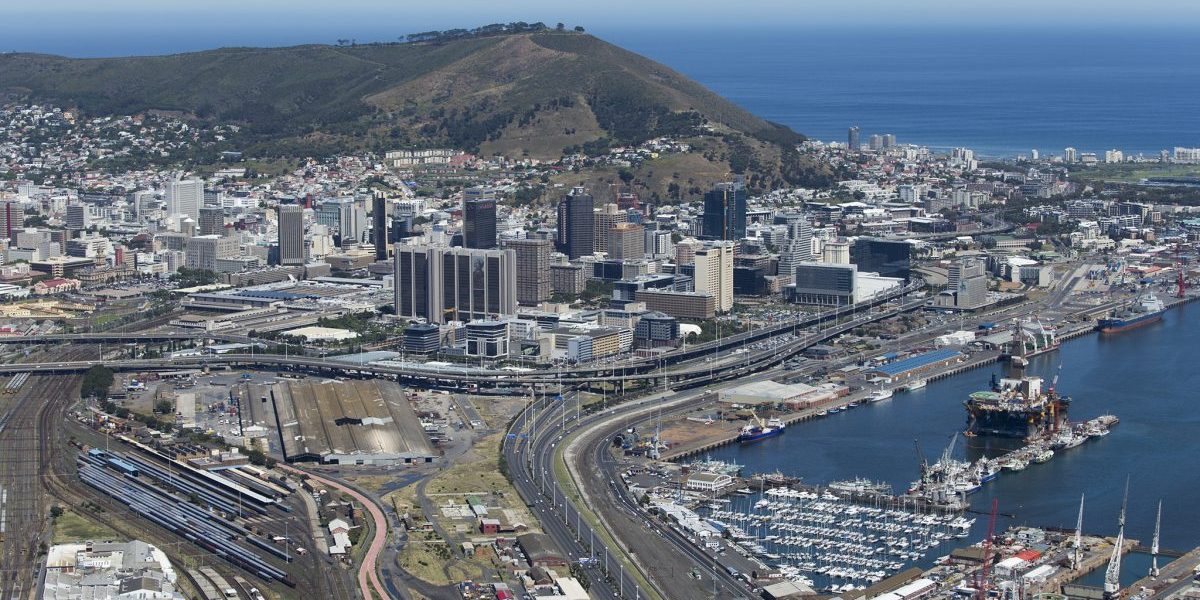The main infrastructural requirements are physical (roads, rail, ports, communications, energy); technological (national innovation systems); financial; and human (education).
The agenda is vast and cannot be serviced domestically. Imports of finance, skills, and goods are crucial, much of this encapsulated in foreign direct investment.
Many of these needs could be serviced through domestic service markets deregulation and/or liberalisation. In World Trade Organisation (WTO) parlance this revolves around the “core infrastructure” services agenda.
SA is well-placed to fulfil these needs and is doing so on a range of fronts. Unfortunately, the WTO’s mercantilist calculus prevents African states from doing what is in their best interests in favour of the political logic of multilateral talks.
Thus, self-interest is subordinated to mercantilism in the hallowed halls of the WTO.
This logic also plays out in goods negotiations. Most African states rely on imports of goods, especially machinery, to build productive bases as these goods are not produced domestically or, with the exception of SA, regionally.
A vast array of consumer goods can be more cheaply sourced elsewhere, including from SA. Contrary to the myths propagated by protectionists, these consumer goods require that servicing arrangements and associated skills be available domestically, hence widespread employment dislocation is seldom the consequence of import expansion.
Indeed, the reverse is true, considering that productive capacities are enhanced and domestic efficiencies promoted. In this context infant industry promotion is a pipe dream.
But structural reliance on goods imports means that balance of payments will remain precarious for the foreseeable future, particularly if the commodities “supercycle” attenuates.
Hence, financial imports remain crucial. Exchange rate management policies remain the primary levers for moderating macroeconomic disturbances.
This delicate situation underpins the caution with which the Africa group approaches the Doha round of WTO talks — particularly their emphasis on preserving preferential market access for their commodities into northern markets vis a vis Cairns group competitors.
Unfortunately the European Union ruthlessly exploits this dependency via construction of a “Faustian bargain” with African states whereby it maintains agricultural protections in return for preferential access to its market. This dependence inhibits African economies’ diversification particularly into agriculture, which remains vital for sustained macroeconomic stability.
African states lack resources to systematically build supply-side capacities and rely on development assistance. If used properly, such aid can be a useful external prop, but sometimes it corrodes domestic initiative and distorts resource allocation. So a problem remains: weak institutional capacities, notably a crisis of the state. In this context the idea of an African “development state” seems fanciful.
Is regional integration the answer then? A host of challenges — rooted in the logic outlined above — confront the policymaker.
First, Africans primarily trade with Europe, not among themselves. Commodity exports are destined for European markets while productive and consumer goods are sourced primarily from Europe. So the basis for productive intra-African trade is not there.
This renders the African “model” of regional integration entirely different to that being propagated by the European Commission through its Economic Partnership Agreement negotiations across the continent.
Second, even if European-style integration was appropriate — and its institutional forms are mimicked in every African regional grouping — weak institutional capacities ensure these processes are donor-led and funded and not domestically rooted.
Domestic or regional funding must supplant donor funding if sustainable integration processes are to be built. In this light the Southern African Customs Union (Sacu) is potentially a vehicle for regional economic integration.
Third, for genuine regional economic integration to emerge it has to be oriented around a subset of domestic leaders. Zimbabwe’s woes rule it out for the foreseeable future, and Angola has a long way to go before it could be considered. That leaves two poles: SA in Sacu, and Kenya in the East African Community. These are the two regional powers most capable of driving a regional economic integration project incorporating southern and eastern Africa.
Fourth, assuming the political will existed for such a project, would it be appropriate for the region’s development needs?
It strikes me that the WTO agenda and whatever emerges from Economic Partnership Agreement talks will have more profound long-term implications for the African development agenda. But SA has an important role to play given its financial and broader economic capabilities and appetite for African risk.
Fifth, if SA is to play this role, then the intra-African trade agenda should revolve around getting the basics right. This entails a host of trade facilitation measures designed to reduce obstacles to trade, and support the mushrooming activities of small-scale cross-border traders.
It must also secure the investment environment in a way that does not intrude on the prerogatives of African states. This logic needs to be applied by SA itself notably via more liberal regional rules of origin and tariff reform.
While South African exports to and investment in Africa creates political problems, the economic logic is sound. The political “froth” should not distract policymakers from helping our neighbours to build productive capacities and promote consumer welfare.








